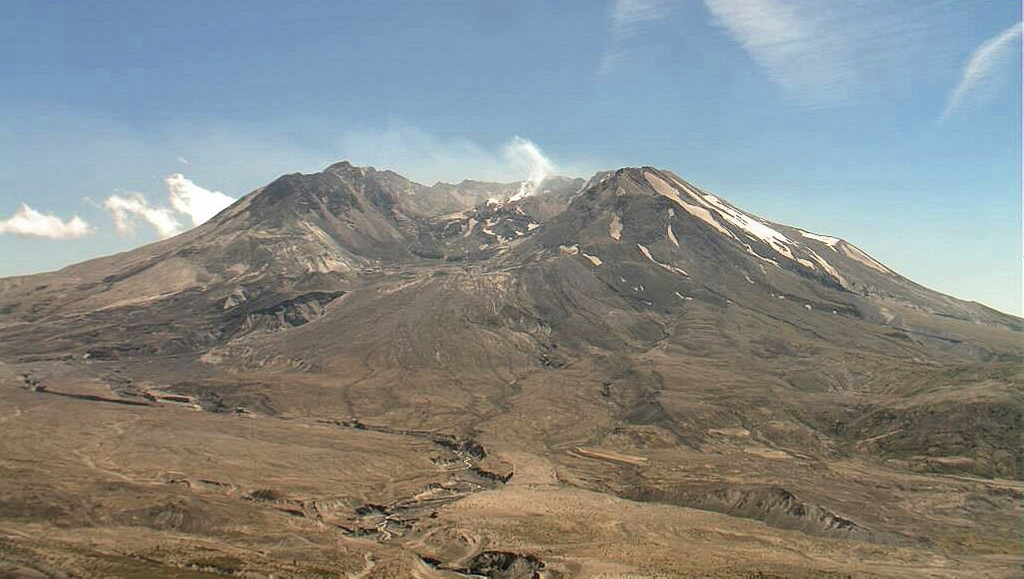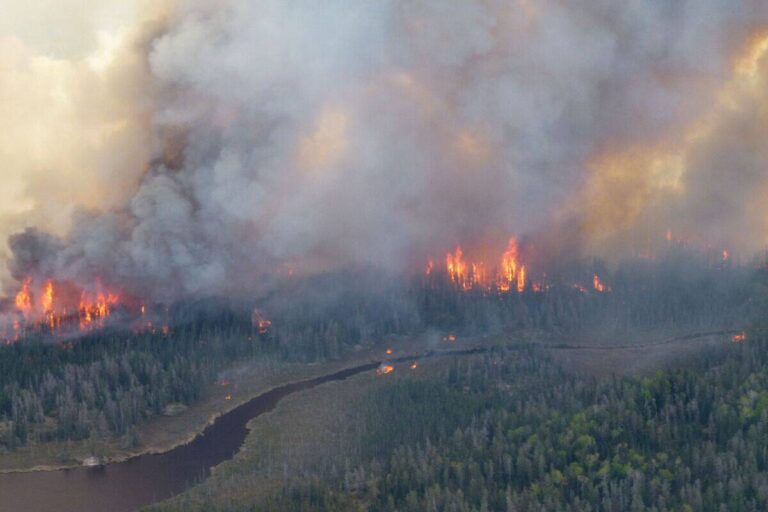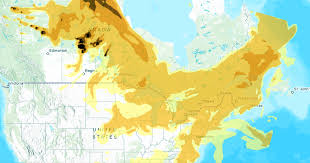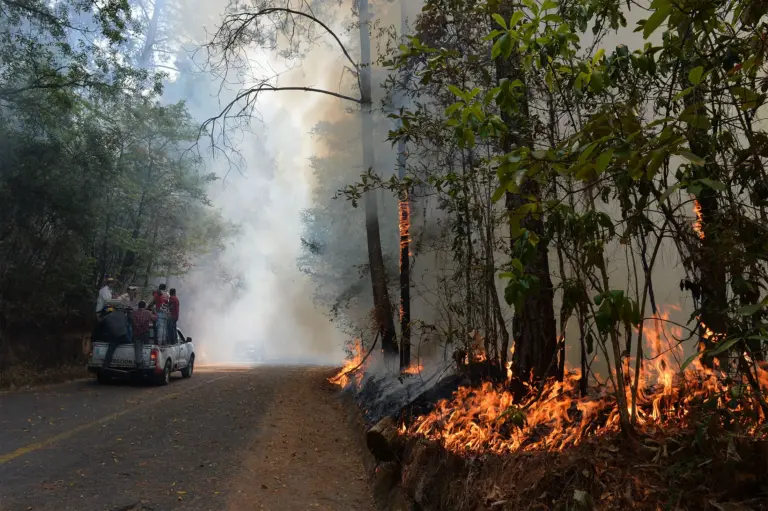
Introduction
Mount St. Helens, located in Washington State, is one of the most studied volcanoes in the United States due to its notorious eruption on May 18, 1980. This catastrophic event not only reshaped the landscape but also provided scientists with invaluable data on volcanic behavior and the environmental impacts of such eruptions. As we commemorate the 43rd anniversary of the eruption, new studies and ongoing monitoring shed light on what to expect from this iconic volcano in the future.
The 1980 Eruption: A Brief Overview
The eruption of Mount St. Helens was the deadliest and most economically destructive volcanic eruption in U.S. history. It produced a massive ash plume that reached over 80,000 feet into the atmosphere and covered the surrounding areas in volcanic debris. The eruption claimed 57 lives and caused over $1.1 billion in damage, drastically altering the local ecosystem.
Current Monitoring Efforts
Since the 1980 eruption, the United States Geological Survey (USGS) has maintained a rigorous monitoring program to warn of potential future eruptions. Scientists utilize real-time seismic activity data, satellite imagery, and ground deformation measurements to assess the volcano’s behavior. Recently, in 2023, the USGS reported increased seismic activity that has heightened public awareness regarding the volcano’s potential for future eruptions.
Environmental Recovery
In the decades following the eruption, the area around Mount St. Helens has undergone a remarkable recovery. The blast zone, once devastated, has transformed into a diverse ecosystem. Studies conducted by ecologists highlight the resilience of nature, with new plant species and wildlife returning to the region. This recovery underscores the importance of volcanic eruptions in shaping our environment.
Conclusion
Mount St. Helens remains an active volcano and a critical location for geological research and education. The ongoing monitoring efforts by the USGS ensure public safety and enhance our understanding of volcanic systems. As scientists continue to study the aftermath of the 1980 eruption, they provide essential insights that may help predict future activity. For readers, staying informed about Mount St. Helens not only highlights the dynamic nature of our planet but also emphasizes the need for preparedness in the face of natural disasters.




